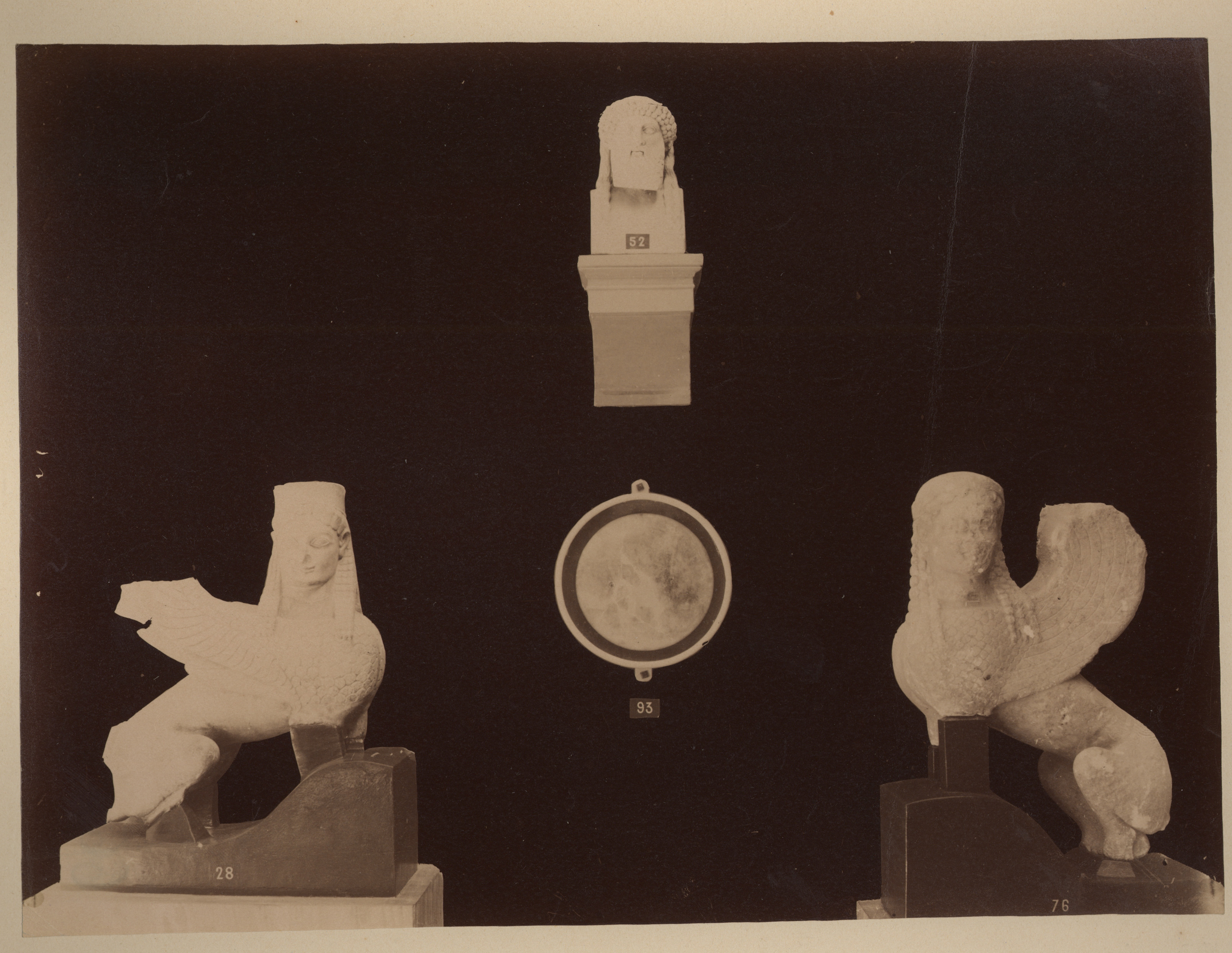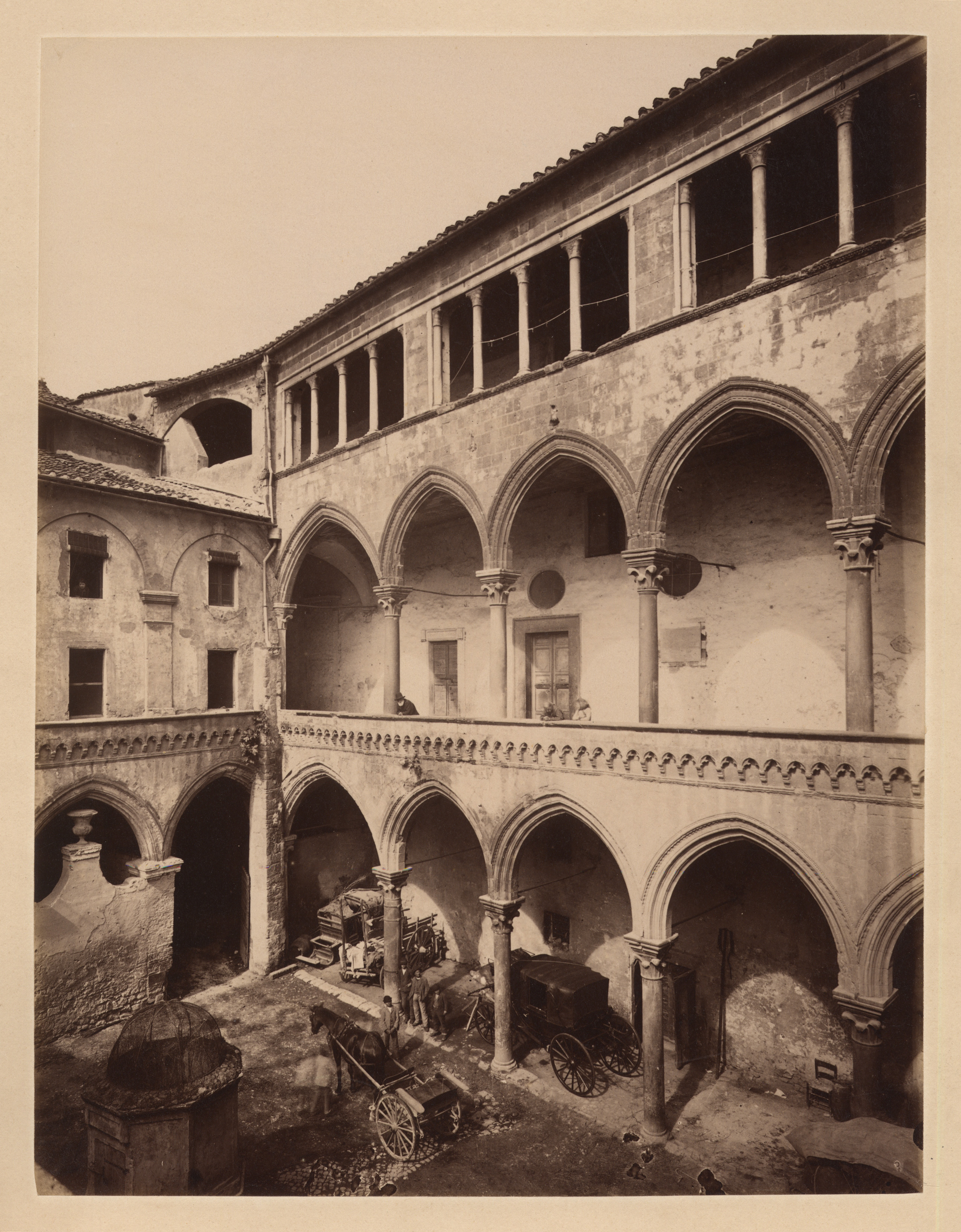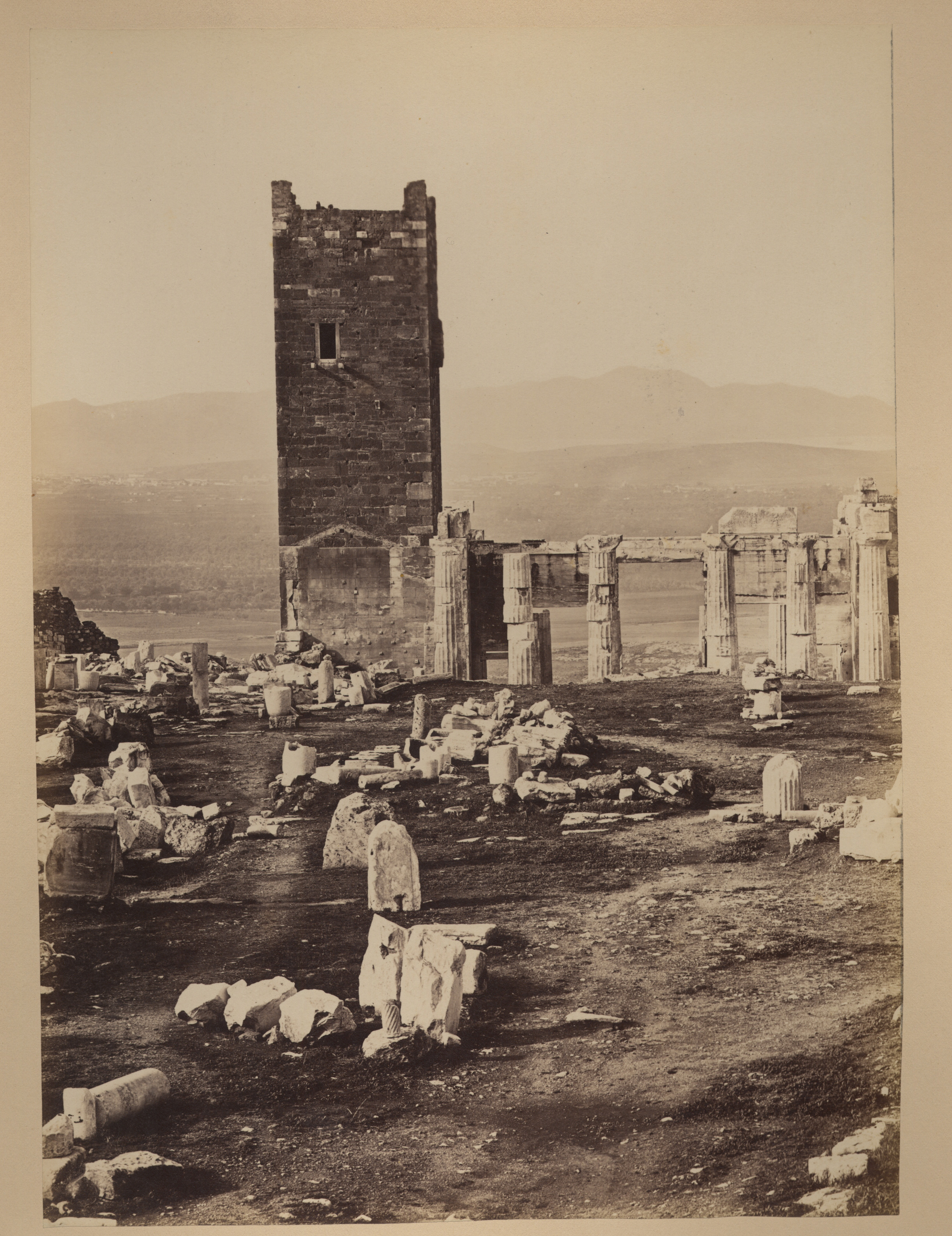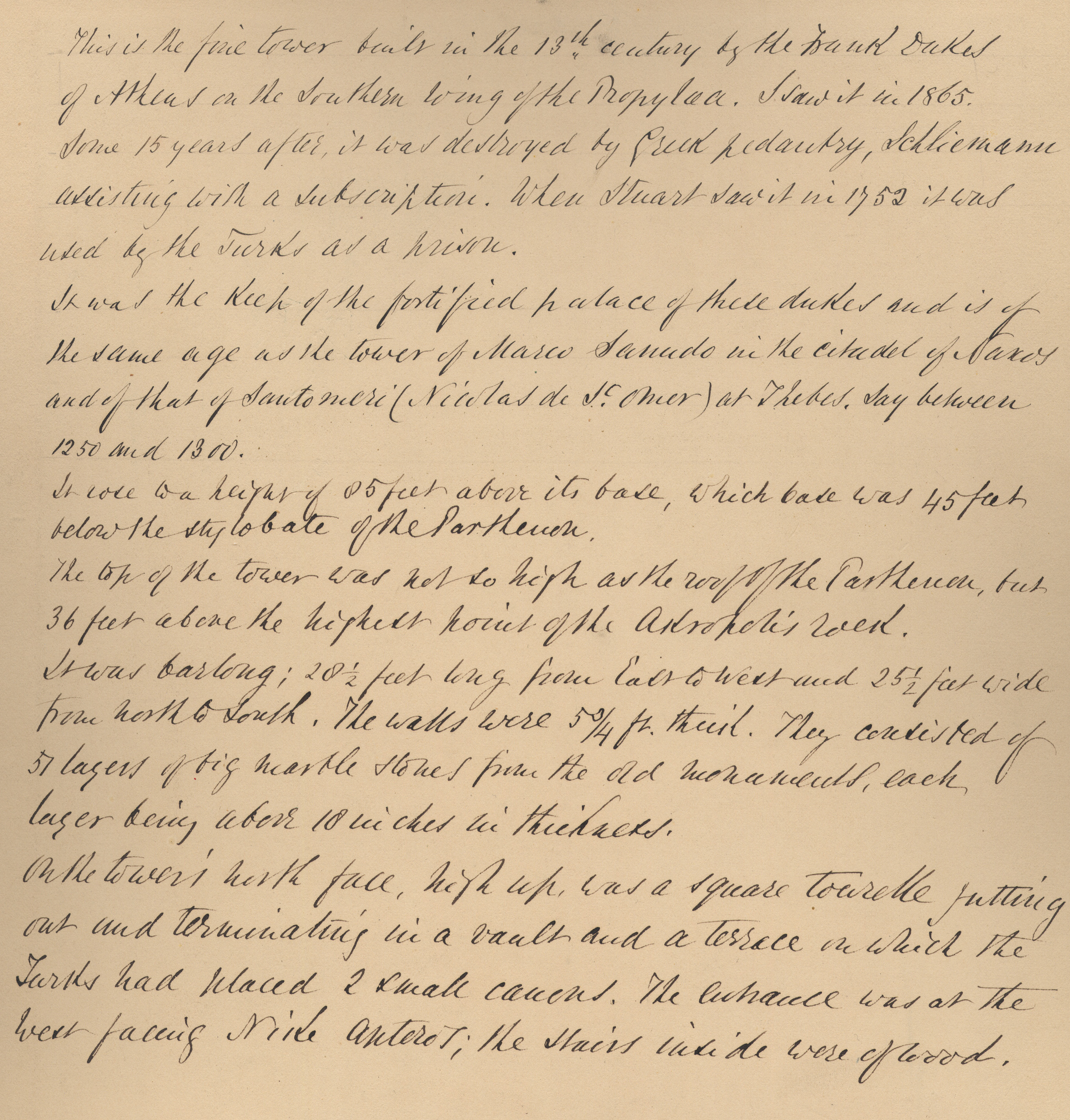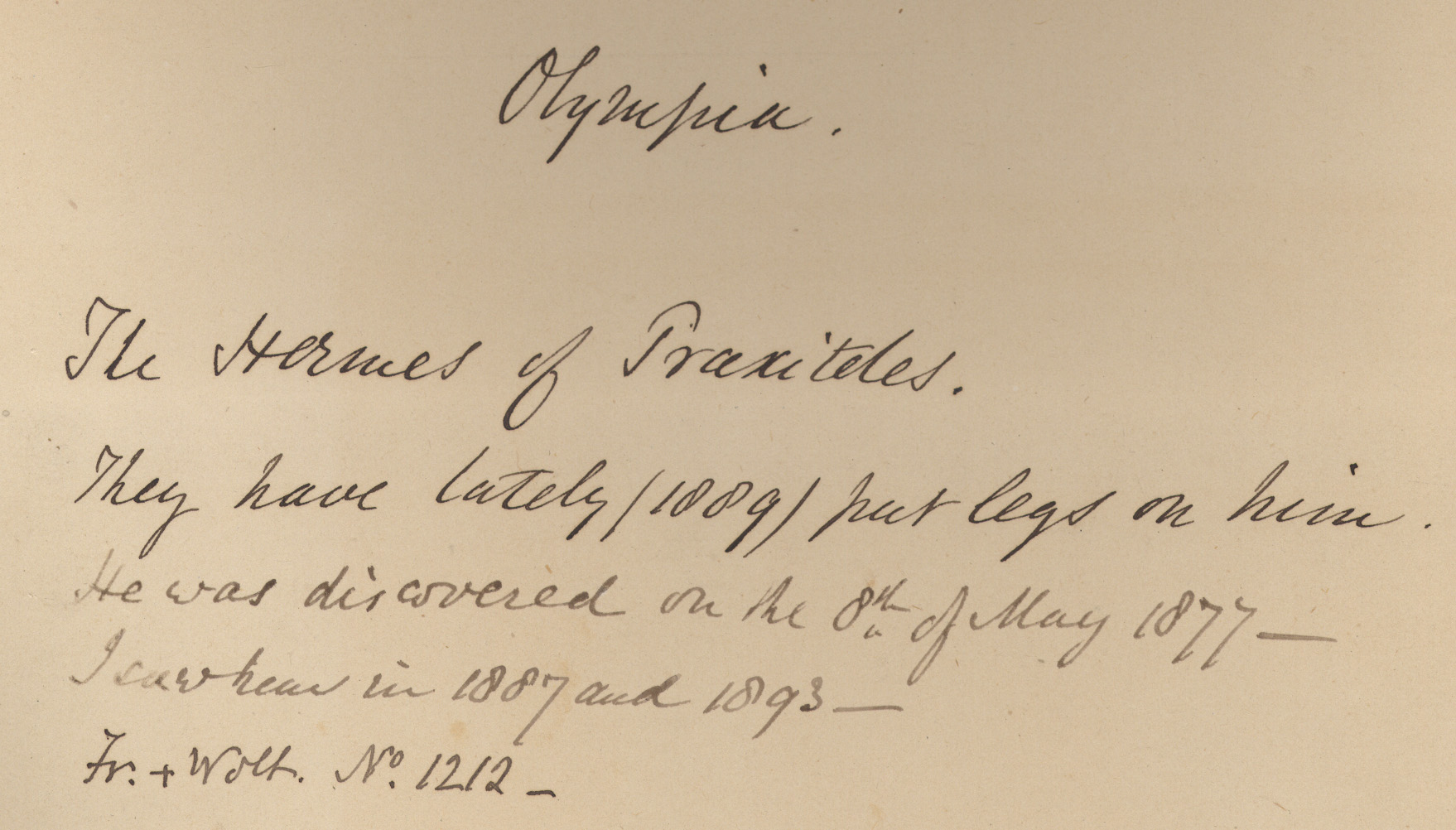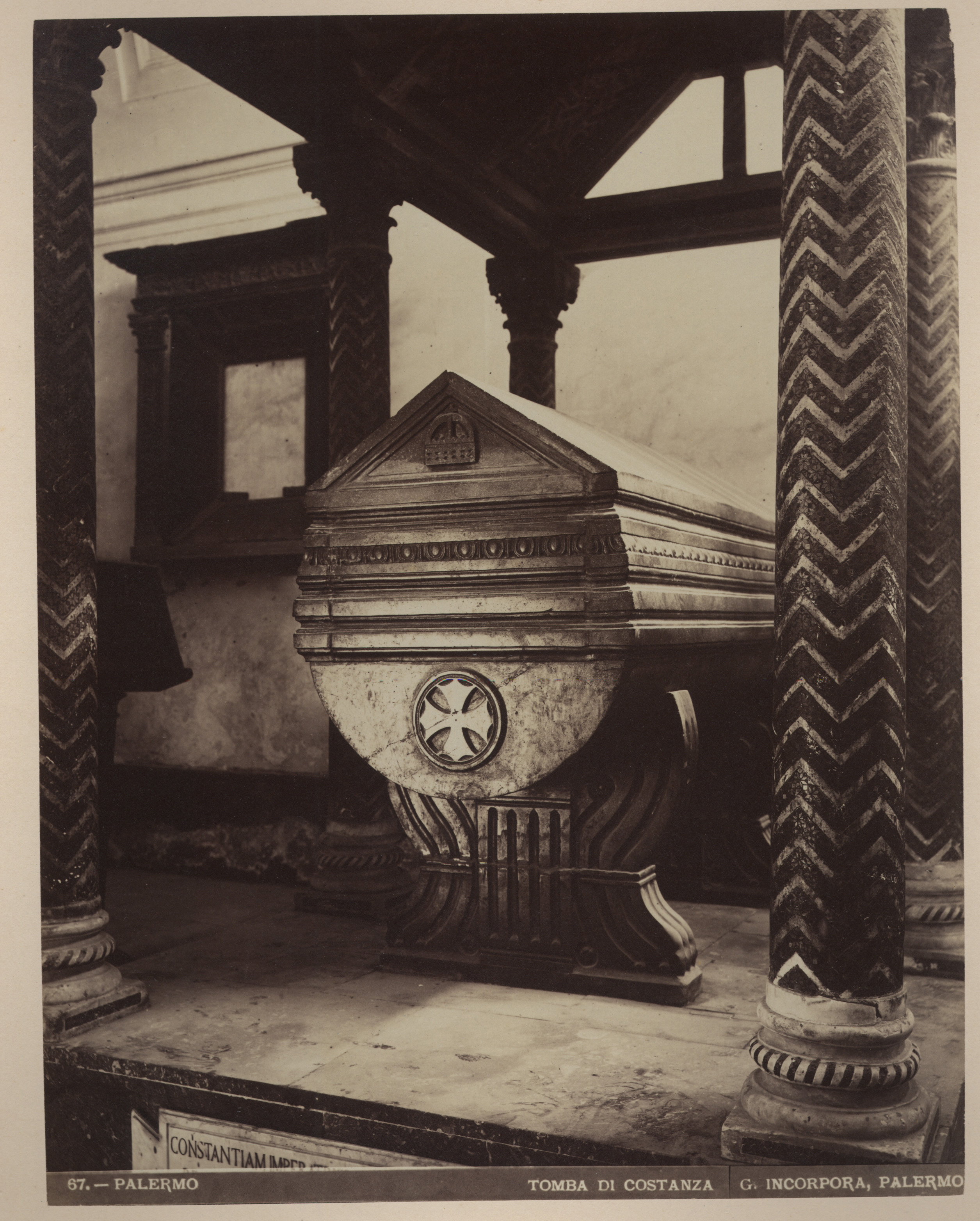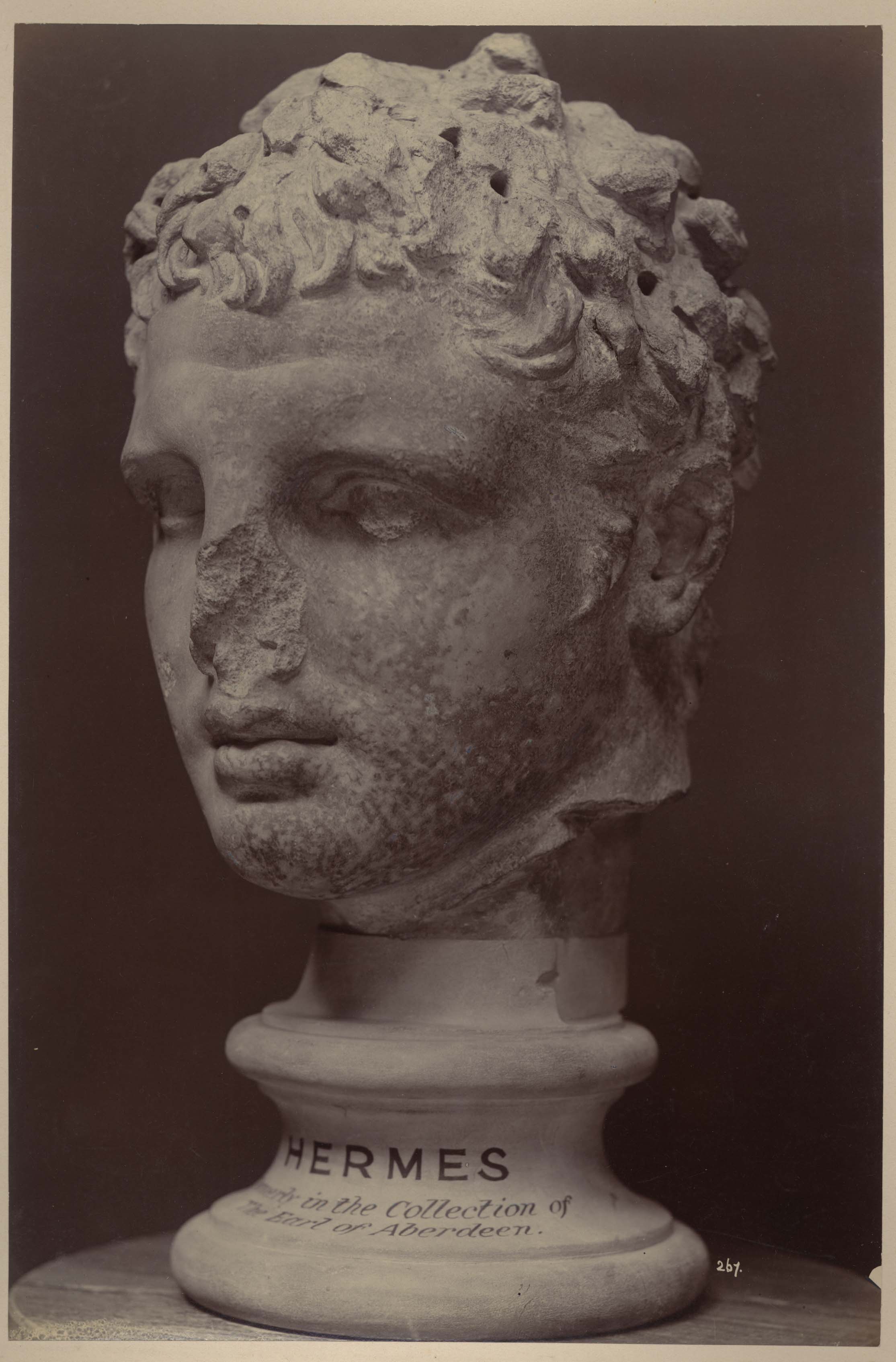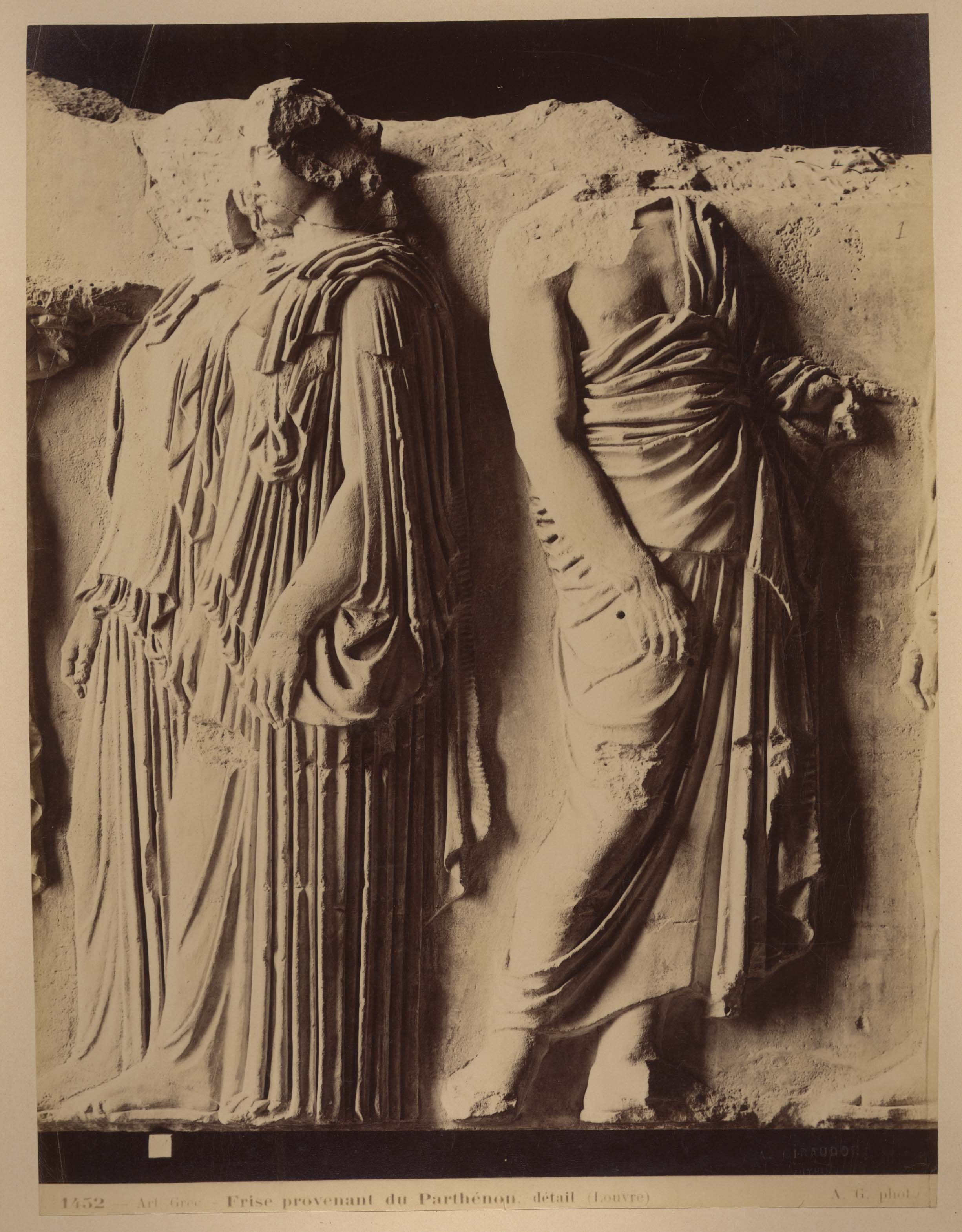About
The "Partizione Antica" of the Supino Art Photo Archival fund—belonging to the Biblioteca delle Arti dell'Alma Mater Studiorum Università di Bologna—is a special subfund that has always been valorized for
its stunning photograph images and their documental importance for history of art.
It has been catalogued in the '90s from the Archivio Storico of the University of Bologna, and their data are available in the online public access library catalogue, and, more recently, from the Federico Zeri Foundation catalogue in the specific scheda F (for photographs) and scheda OA (for works of art) Italian Ministry ICCD rules.
Most of the photographs are handwritten annotated.
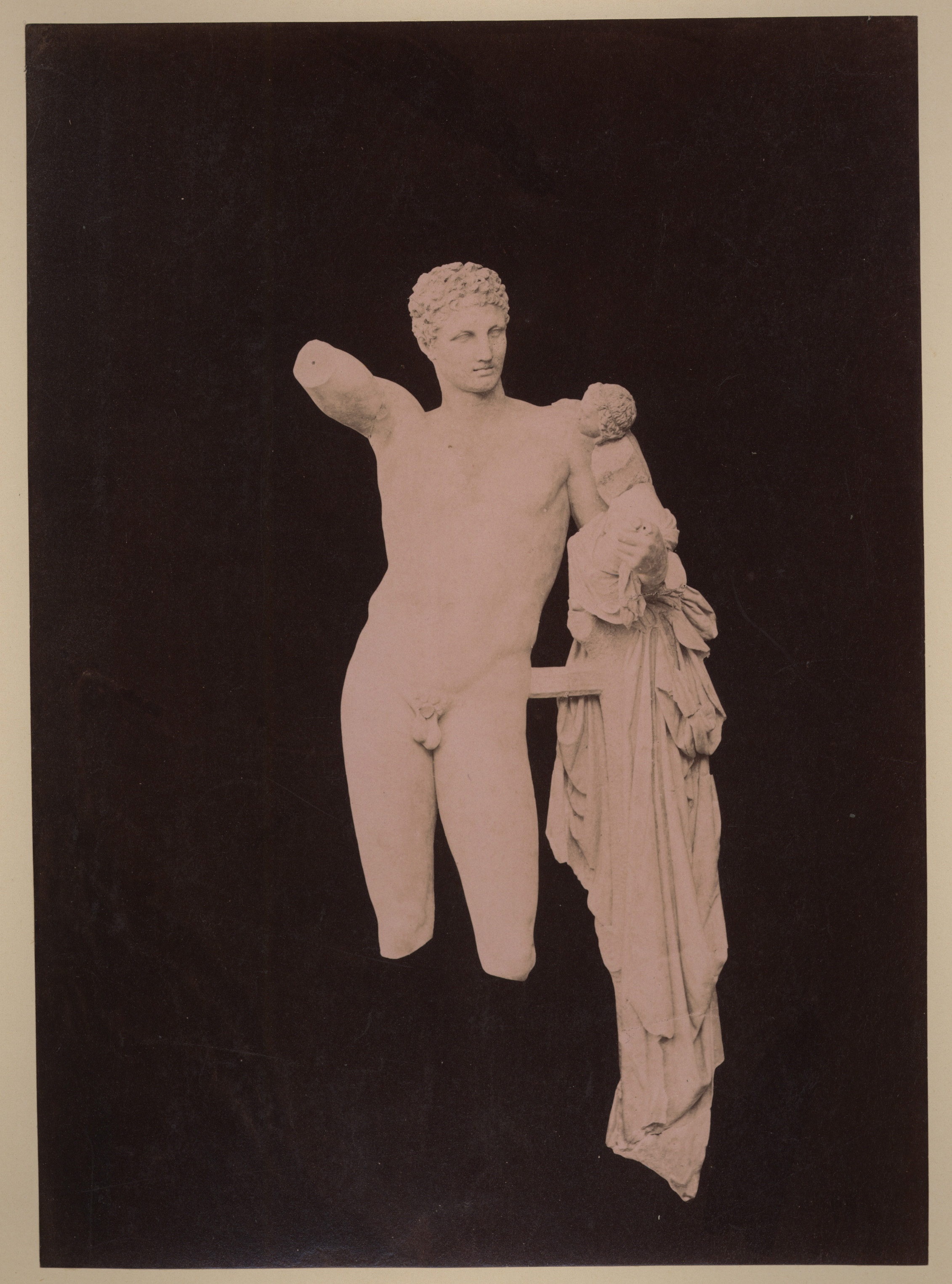
But, who is their original collector?
Despite the Partizione Antica has received a lot of attentions and has been studied, catalogued and digitized, the identity of its creator remains unknown.
Here is a summary of the few known information:
- Timespan activity: XIXth century
- Interested in: Ancient Art
- Languages: native English, proficient in French, Italian and German
Uncovering tracks and connections from available metadata and unstructured data could help in orienting further exploration about the creator of the Partizione Antica's identity.
»Preliminary data and facts
The research started from a data extraction of the Supino Partizione Antica fund records provided from the Federico Zeri Foundation catalogue.
Data counts on either well structured metadata using controlled vocabularies, as well as unstructured free-text fields.
Data have then been enhanced with more information coming from Wikidata sparql queries or geolocation information.
All the process is illustrated in the Jupyter notebook.
The original data have been used for illustrative and didactical purposes only: all the credits and reuse authorizations must be asked to Federico Zeri Foundation.
Some images
- All
- Declared visited places
- Visited places other annotations
- Latest and untrascribed annotations
Research questions
The investigation tries to answer some question to better identify the mysterious collector:
What are the main art interests of the collector?
What are the most represented work of art types in the fund?
Where these works of art are located?
Who produced and provided the photographs?
Who are the most used photographers?
Where have the anonymous photos been shot?
What about handwritten annotations?
How many photos have been annotated?
Does the annotation distribution vary according to depicted work of art century?
Data visualization
So, who am I?
Future investigations
Looking for a second half XIXth century art historian, keen on sculpture and funerary monuments, collector of medals and secondary photographers' photographs, traveling in defined dates in Center and Southern Italy and Greece.
traveling
1894 - Corfu
1893 - Olympia
1892 - Palermo
1887 - Olympia
1866 - Chieti
1865 - Atene
1861 - Corneto
Works of art
- Funerary monuments
- Indian nucleus
Collections
- Anonymous photographs
- Medals
- Minor photographers


